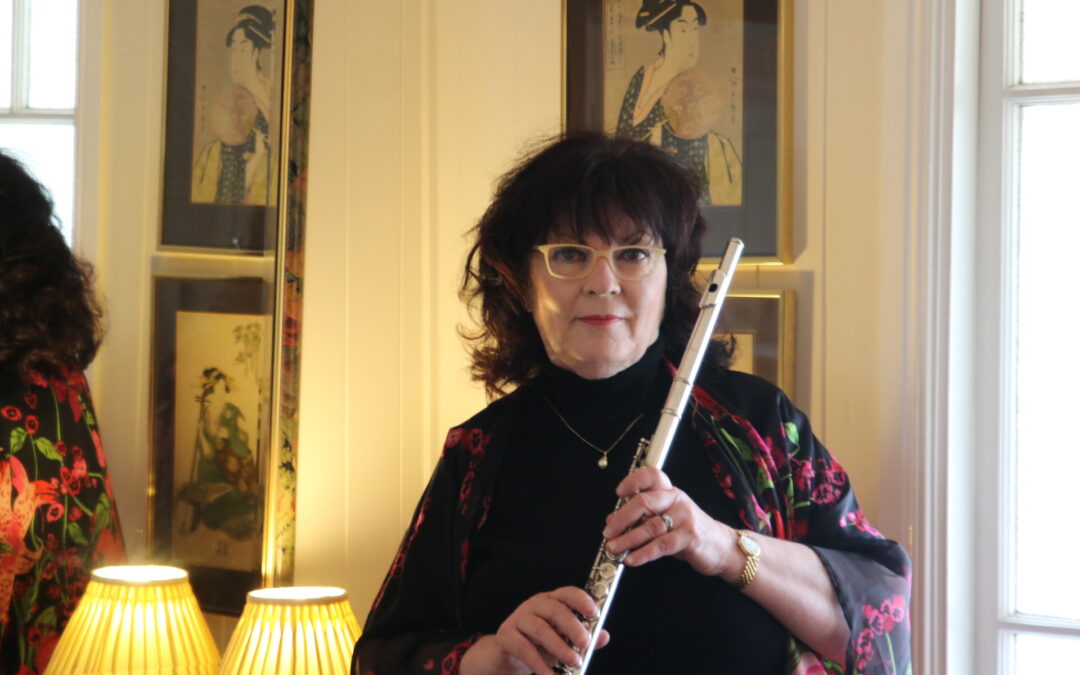There is so much that goes into interpreting a composer’s wishes. One aspect which is intertwined with storytelling is the conversations between musical parts.
The Mel Bonis sonata for flute first movement is a beautiful example of the importance of being aware of the conversation between parts. The whole movement is like a fine tapestry being weaved, the musical voices interplay so beautifully. You want to play this with a likeminded musician as I was lucky to do. It can make or break a performance.
Whilst in this case the story is being told in form, it is more importantly being told with the conversation being had between flute and piano.
Conversations between parts take many different forms and are sometimes prominent and other times not so prominent. J.S. Bach flute sonatas 1-3 are contrapuntal and voice play, so there is a different type of conversation here, Sonatas 4-6 are more the flute taking the melodic line and the continuo taking and accompanying role. Something like the Poulenc Sonata, movements one and three, the conversation is different here as well, but nevertheless still very present. The player will find them in repertoire if they are open to really looking and listening.
The way to find a conversation or anything musically is to sit down and before diving into the piece get the score and a backtrack and really look and listen to the whole work. Everything you need to know is there if the player takes the time to find it. This approach will also help you when you go to rehearse with the pianist as you will completely understand what is going on and work with them as an equal duo.
I was at a rehearsal the other day and there was a young lass rehearsing big flute works with Kathy my pianist and when she left Kathy shook her head and said,” she doesn’t listen to me” , so I can only imagine what the performance will be like. It really is a partnership of two minds.
I have provided 2 backtracks with different tempos for this work. A whole new world of opportunity opens to the player with a complete understanding of the work. Use the backtracks to gain this knowledge and then finally use it to play with when you really know in detail what’s going on.
Tempo again is interesting here. I quiet like the faster one and I think it works musically. We did as a duo opt for a slower tempo and I must say personally I think it works much better; it gives the piano time to shine but it does make it a little harder on the flute part to keep the musical direction going.
Mel Bonis Accommpaniment
“Done at a faster rate.”
Moderate tempo. This is more my tempo choice.
A flute performance with the music attached so you can see the flute part and understand the musicality of the piece.
I will add that also knowing about the composer is crucial as well to understanding the work. Mel Bonis studied piano with Caesar Franck who also showed interest in her first compositions. This could explain why the piano part is so gorgeous. Mel Bonis had a hard life in a lot of ways. She was forced into an arranged marriage even though she was in love with someone else. Her husband was a wealthy businessman who wasn’t interested in music and so for many years she led a social life away from her composition. It wasn’t until later she found her way back. I would recommend reading about her on the link below it makes a massive difference to playing the work.

